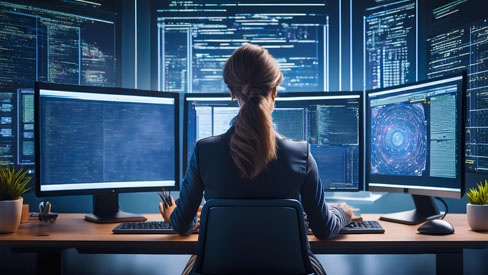Cybersecurity / Threat intelligence
Weekly Cybersecurity / Threat intelligence Insights
Stay ahead with our expertly curated weekly insights on the latest trends, developments, and news in Cybersecurity - Threat intelligence.
Recent Articles
Sort Options:

Security Affairs newsletter Round 537 by Pierluigi Paganini – INTERNATIONAL EDITION
The latest Security Affairs newsletter highlights critical cybersecurity threats, including ransomware targeting the oil and gas sector, data breaches affecting major companies, and vulnerabilities in AI systems. Stay informed on the evolving landscape of cybercrime and defenses.

Cybersecurity must be a top priority for businesses from beginning to end
Cyberattacks are now commonplace, necessitating robust cybersecurity strategies from the outset. The article emphasizes the importance of collaboration and centralized threat intelligence platforms to enhance resilience and streamline incident response across organizations, ensuring comprehensive protection against evolving threats.

Too many threats, too much data, say security and IT leaders. Here’s how to fix that
A recent Forrester study commissioned by Google Cloud reveals that security leaders feel overwhelmed by data and lack skilled analysts, leaving organizations vulnerable to cyberattacks. The report emphasizes the need for AI integration to enhance threat intelligence operationalization and proactive security measures.

Security Affairs newsletter Round 533 by Pierluigi Paganini – INTERNATIONAL EDITION
The latest Security Affairs newsletter highlights critical cybersecurity issues, including a Fortinet vulnerability exploited shortly after its disclosure, a major data breach affecting 1.9 million individuals, and the emergence of AI-driven malware linked to Russian cyber threats.

Security Affairs newsletter Round 530 by Pierluigi Paganini – INTERNATIONAL EDITION
The latest Security Affairs newsletter highlights critical cybersecurity threats, including FBI warnings about Scattered Spider targeting airlines, significant data breaches affecting hundreds of thousands, and the rise of ransomware gangs like Qilin. Stay informed on these pressing issues.